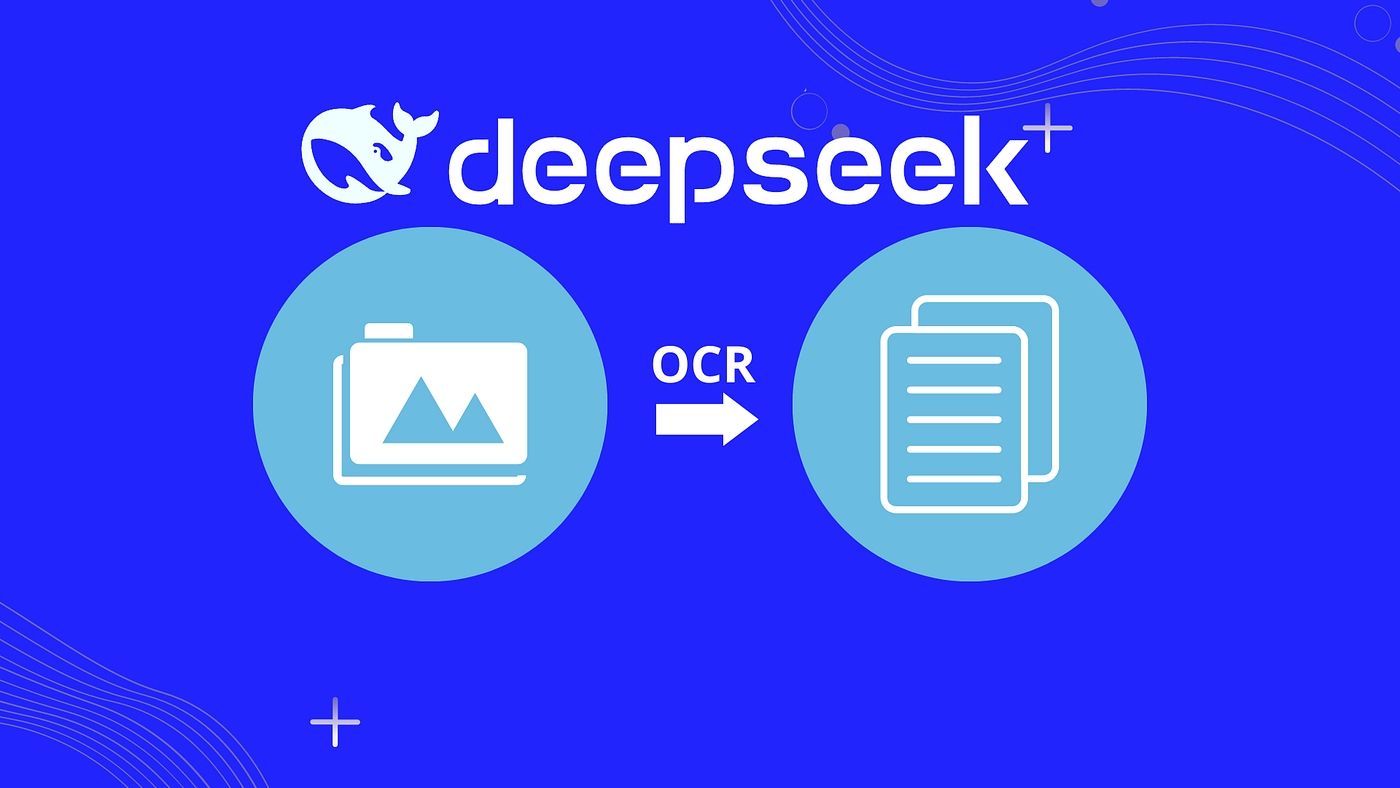
DeepSeek, a Chinese-based artificial intelligence company, has pioneered a groundbreaking technology poised to revolutionize how we process textual data. Dubbed DeepSeek-OCR, this open-source model utilizes visual perception as an information transmission medium to analyze lengthy and complex texts with significantly fewer computational units (tokens). This revolutionary approach aims to enable Large Language Models (LLMs) to process vast amounts of text data while substantially reducing operational costs and boosting efficiency. This move by DeepSeek is highlighted as part of its strategy to maximize AI performance and minimize expenses, a principle also reflected in the development of its previously released V3 and R1 models.
DeepSeek-OCR is comprised of two core components: the DeepEncoder and DeepSeek3B-MoE-A570M. The DeepEncoder, serving as the model's central engine, achieves remarkable token reduction ratios while maintaining low activation levels even when processing high-resolution inputs. This means that even complex documents can be handled with reduced memory usage. The decoder component operates using a Mixture-of-Experts (MoE) architecture, featuring 570 million parameters, which divides data among specialized expert sub-networks, allowing for the reconstruction of the original text with high fidelity. This sophisticated structure enables the model to effectively analyze not only textual data but also visually rich content such as tables, mathematical formulas, and geometric diagrams, a feature anticipated to be highly beneficial in fields like finance and science.
The performance of DeepSeek-OCR is clearly demonstrated by the benchmark tests conducted. In scenarios where the text token count was 10 times or less than the visual token size, the model achieved an impressive accuracy rate of 97%. Even when the compression ratio increased to 20x, the system maintained an accuracy of approximately 60%, proving that information is not lost even under extreme compression. In document comprehension tests such as OmniDocBench, DeepSeek-OCR surpassed leading OCR models like GOT-OCR 2.0 and MinerU 2.0, delivering higher accuracy with significantly fewer tokens. This capability is further solidified by the company's claim that the system can generate over 200,000 pages of training data per day on a single Nvidia A100-40G GPU, underscoring the feasibility of ultra-long context processing at scale.
The innovative "text compression via visual perception" paradigm introduced by DeepSeek-OCR has the potential to fundamentally alter how LLMs process information. By processing recent content at high resolution and older contexts with fewer computational resources, it paves the way for theoretically unlimited context architectures that balance information preservation with computational efficiency. This technology not only enhances the performance of AI models but also facilitates more sustainable and accessible AI solutions. DeepSeek's work in this area reinforces the idea that the future of artificial intelligence will be built upon efficiency and creative problem-solving.